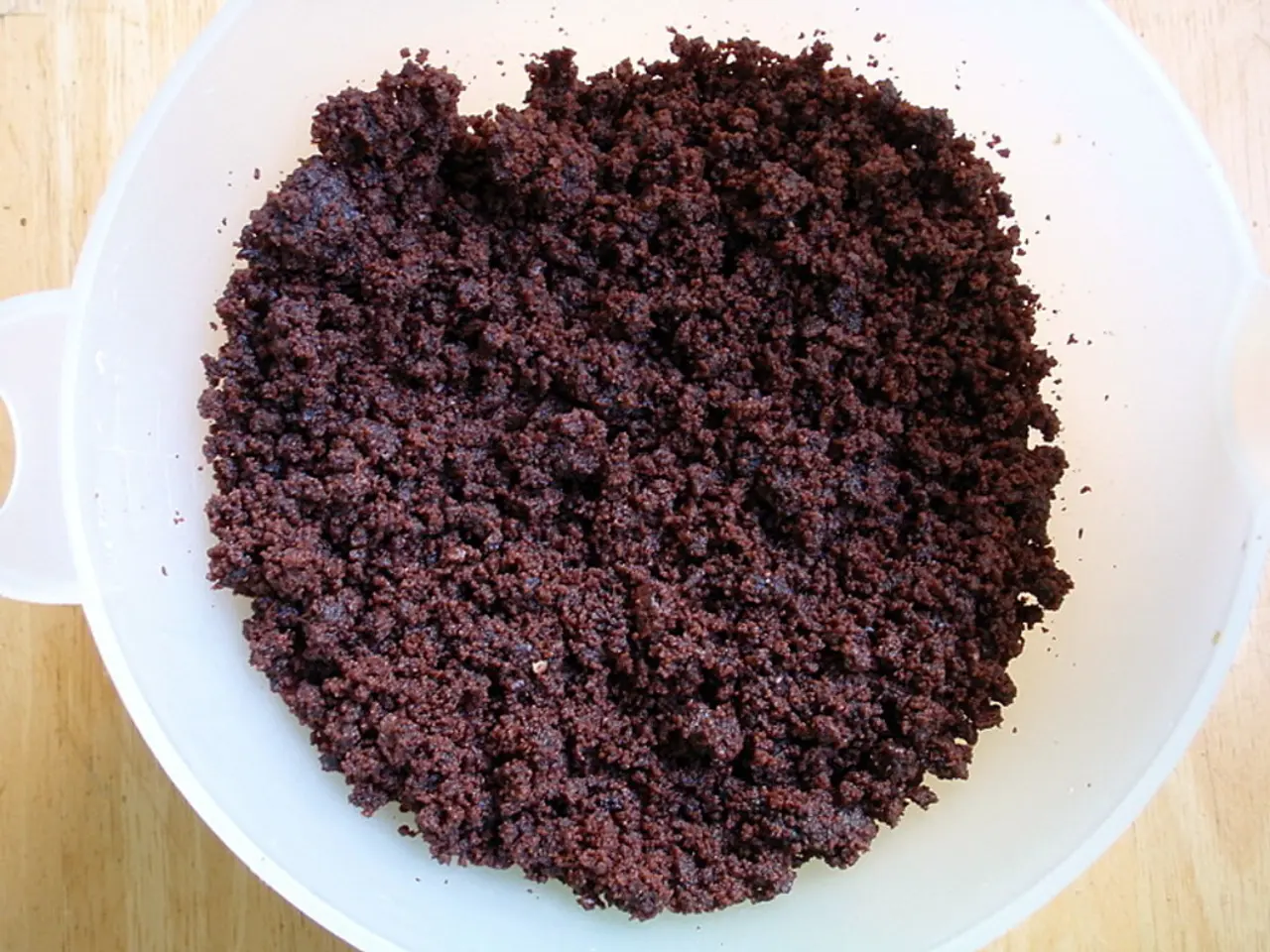Comparison between Ileostomy and Colostomy: Their Meaning, Purpose, and Medical Procedures
In the realm of medical procedures, ostomy surgery, or bowel diversion, plays a significant role in rerouting the removal of intestinal contents from the bowel. This article aims to shed light on two common types of ostomies - ileostomies and colostomies - their differences, indications, and recovery processes.
Ileostomies and colostomies share a common goal: to divert waste from the bowel through an opening (stoma) on the abdomen. However, they differ in the section of the digestive system they affect. Ileostomies involve the small intestine (ileum), while colostomies involve the large intestine (colon).
Temporary ileostomies are created to allow the bowel to rest and heal after surgery or illness. They are usually loop ileostomies, lasting from a few weeks to months, with a high reversal success rate. Stool output is liquid to semi-liquid, requiring careful hydration and drainable pouches. Permanent ileostomies, on the other hand, are made when diseased bowel and anus are removed or permanently bypassed, and are used when bowel disease is irreversible or extensive.
Colostomies can be temporary or permanent, depending on the medical condition. Temporary colostomies are usually kept for 3-6 months to allow a diseased or injured colon segment to heal. Reversal restores normal bowel function. Permanent colostomies are often placed when part of the colon or rectum is removed or permanently nonfunctional, providing a long-term solution.
The choice between ileostomy and colostomy depends on the disease location and surgical plan. For instance, temporary ileostomies may be necessary after certain surgeries, such as colorectal cancer surgery, surgery for diverticulitis, or j-pouch surgery. Colostomies, on the other hand, can be required due to conditions like Crohn’s disease affecting the colon, diverticulitis with complications, fecal incontinence, sacral wounds or spinal cord injuries affecting bowel control, or traumatic injury to the lower bowel or rectum.
After surgery, a person may need to adapt their dietary habits. This may involve avoiding large amounts of liquids alongside meals, ensuring they eat regularly, drinking plenty of liquids between mealtimes, avoiding high fiber foods, and chewing food thoroughly. The length of hospital stay also varies; after ileostomy surgery, a person may have to stay in the hospital for 1-2 weeks, while after colostomy surgery, a person may have to stay in the hospital for 3-10 days.
It's essential to note that certain foods may affect the gastrointestinal tract and cause more gas and odor, such as onions, cucumbers, broccoli, fish, eggs, beans.
This summary draws from multiple authoritative sources comparing ostomy types, durations, outputs, and medical uses. It serves as a comprehensive guide for understanding ileostomies and colostomies, their differences, indications, and recovery processes.
- In ostomy surgery, the removal of intestinal contents is rerouted through a stoma on the abdomen, either through an ileostomy or a colostomy.
- Ileostomies involve the small intestine (ileum), while colostomies involve the large intestine (colon), each serving a unique function in bowel diversion.
- Temporary ileostomies are created to allow the bowel to rest and heal, while permanent ileostomies are made when bowel disease is irreversible or extensive.
- Temporary colostomies heal the diseased or injured colon segment, while permanent colostomies provide a long-term solution when part of the colon or rectum is removed or nonfunctional.
- The choice between ileostomy and colostomy depends on the disease location and surgical plan, with each having specific indications like colorectal cancer surgery or Crohn’s disease affecting the colon.
- After surgery, dietary habits may need to change, including avoiding large amounts of liquids, eating regularly, drinking plenty of liquids between mealtimes, and avoiding high fiber foods.
- Certain foods may affect the gastrointestinal tract and cause more gas and odor, such as onions, cucumbers, broccoli, fish, eggs, and beans.
- This summary, based on multiple authoritative sources, offers a comprehensive guide about ileostomies and colostomies, their differences, indications, and recovery processes, all within the realm of science, medical-conditions, chronic diseases, and health-and-wellness.




